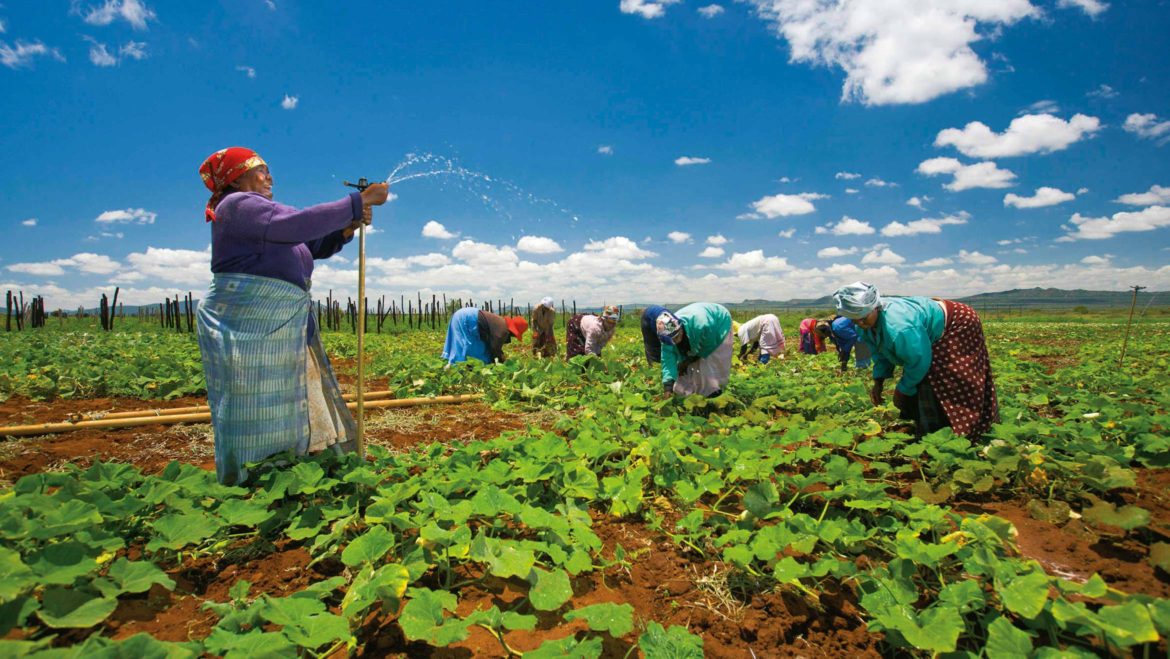
Community Development Toolkit
Community development is the process of increasing the engagement and inclusion of people in the decisions that affect their quality of life.
The ICMM has developed 20 tools to support mining and metals companies in promoting sustainable community development.
The tools offer practical guidance for every stage of the mining process from exploration, construction and operations, to decommissioning, closure and ultimately, the post-closure environment.
Accompanied by easy-to-use, step-by-step route maps, these tools help:
- Foster constructive working relationships between communities, companies and governments
- Build capacity within governments, companies and local communities to address sustainable development at local level
- Improve understanding of local community development processes
- Promote the potential of mine development and operation to add value to sustainable social and economic development
- Create and improve lasting opportunities for sustainable community development through every phase of the mining and metals project cycle – and beyond
- Reduce conflict in mining communities and regions
The tools have been divided into five groups according to their main uses: relationships, planning, assessment, management and monitoring and evaluation.
Download more detailed text around the tools and their use.
Relationships
Relationships are the most important element of any successful community development program. The best-designed plans will falter if there is insufficient trust between stakeholders.
Initially, the objective is to identify every individual and group that may have an interest in a project, paying particular attention to including vulnerable or marginalised groups, for example women, children or the elderly. The main aim is for inclusivity, ensuring no one is missed out.
Planning
Strategic planning is a tool to help plan both human and economic resources required to undertake community development activities, or expand or adopt new programs. Being able to clearly articulate the resources needed for implementing programs and policies is key to being able to plan and manage budgets and personnel, for both communities and companies.
Tools 6-10 help companies define and express why they want to contribute to community development, how to define and plan objectives and outline required resources. The tools aid the implementation of key programs and policies.
Assessment
Considering environmental and social elements enables companies to mitigate negative impacts, understand potential opportunities and develop robust management systems.
These tools help people understand the potential risks and impacts of the mine on surrounding communities and other stakeholders. Tools 11,12 and 13 can work together or as separate entities.
Management
Managing community development programs after the community and partners have designed them is very important. Even well designed plans may fail if not effectively managed.
The management tools provide methods and approaches for mitigating potentially negative impacts and enhancing benefits, to achieve optimised community development.
Monitoring & Evaluation
Monitoring and evaluation supports a company’s commitment to stay on track and achieve results. It also provides an opportunity to critically review management systems and processes; what’s working well and what needs further development.
Tools 19 and 20 provide companies with an understanding of the progress of their community development programs. The tools also advise on how to report this information, both internally and externally, in order to achieve program goals.
